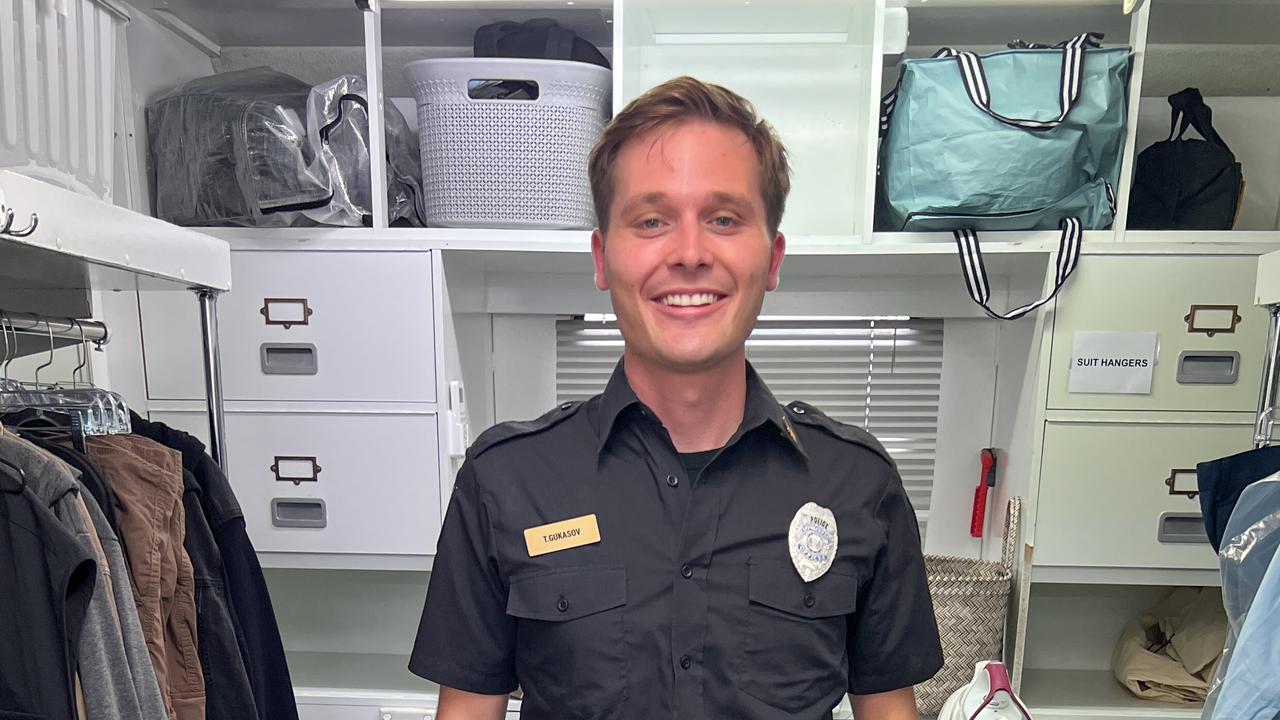Gold Coast Central Chamber of Commerce president Laura Younger backs Warren Livesey’s airspace development
A Gold Coast business leader is backing a new concept to maximise density, turning three-story walk-ups into a six storey building to combat the region’s growing housing crisis.
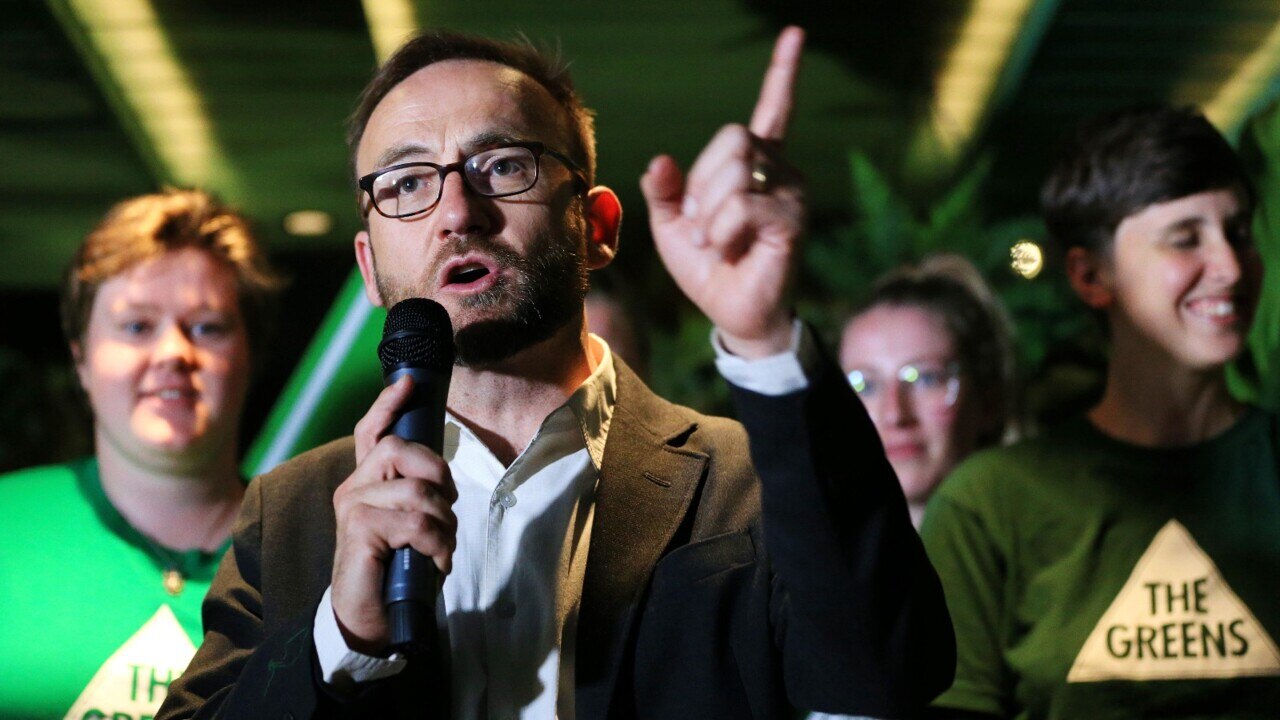
Lifestyle
Don't miss out on the headlines from Lifestyle. Followed categories will be added to My News.
Now this is blue-sky thinking.
While the State Government throws everything it can at our housing crisis – including its $3 billion Homes for Queenslanders plan – there might be one area they missed.
The Gold Coast might be in the red when it comes to greenfield sites, but the sky is the limit when it comes to our airspace.
It’s the reason Gold Coast Central Chamber of Commerce president Laura Younger is backing a new concept: selling air to build up without knocking down.
After conversations with Association of Rooftop and Airspace Development president Warren Livesey, also the founder of Buy Airspace, Ms Younger said the city should adopt airspace development, already taking off internationally.
Mr Livesey said the airspace above strata unit blocks in Australia was an untapped $100 billion-plus market.
In property law, a landowner owns the physical land described on the title as well as the air rights above – ‘all the way to Heaven and all the way to hell’, according to the Latin translation.
Using airspace for property includes housing extensions, buying a neighbour’s airspace for a view, or strata apartment owners banding together to sell rooftop airspace to a developer.
In Sydney, there are already a number of airspace developments, including the $20 million Skye Tamarama penthouses built atop a seven-storey 1960s building.
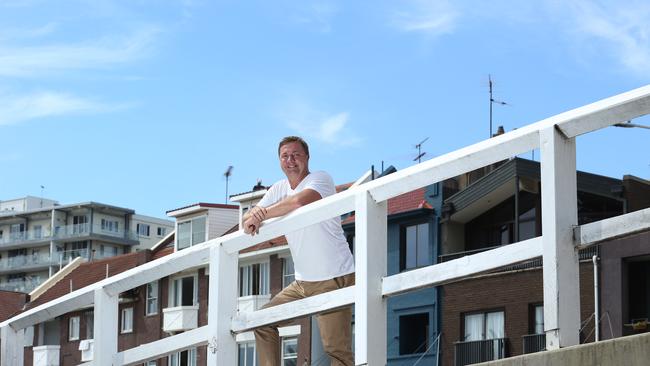
But that’s nothing compared to the blue sky-boom in the US and Europe. Mr Livesey said there were 180,000 airspace homes approved in London since just 2020, with 110,000 in Paris and 100,000 in Barcelona.
He said Australia was slower to launch because its housing crisis only recently hit.
But he said every level of government had signalled interest, with Mr Livesey addressing Federal Parliament on Wednesday to discuss the airspace opportunities.
While he was yet to speak to City of Gold Coast officials, he was buoyed by the support of Ms Younger, who said she had nothing to gain from the concept other than a more liveable city.
Given the Chamber’s much improved relationship with the Mayor, with Ms Younger even handing out How to Vote cards for Mr Tate, Mr Livesey said he hoped to soon pitch his part of the solution towards the city’s housing crisis.
“I’m just waiting for the invitation to the Gold Coast,” he said.
“It’s actually the perfect place for airspace development. The population is booming and we just don’t have the housing. Ultimately by utilising airspace we are creating additional development sites in and around existing infrastructure.
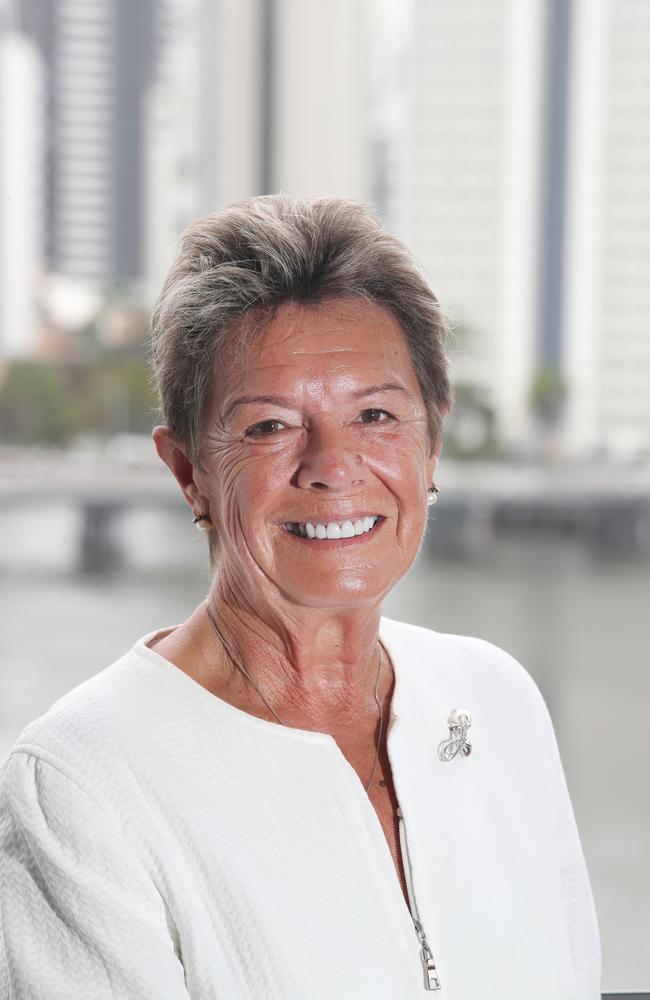
“You’re not creating density where there was none, you’re just maximising it. Of the 340,000 strata buildings in Australia, 92 per cent have less than 20 units.
“Take a three-storey walk-up in Broadbeach with six units, ideally you’d add two levels for four more units – it’s boosting supply without ruining neighbourhood character, it’s not adding 50 storeys more atop the Q1.”
Mr Livesey said, as well as increasing housing supply around existing infrastructure, airspace development allowed strata owners to use profits from the sale to repair and upgrade their existing building – with reduced strata rates due to extra funds from new units.
“People can’t afford the upkeep of these strata apartment blocks, which are basically falling apart, and this is where people need a capital expenditure plan.
“There are three ways to do that – increase their quarterly levy, have a special levy or sell off the strata’s common property – and that includes roof space.”
Mr Livesey said it was also the greenest housing solution, with conservation of the original building locking in carbon, while the new build consisted of lightweight carbon-neutral products built on top of the existing structure.
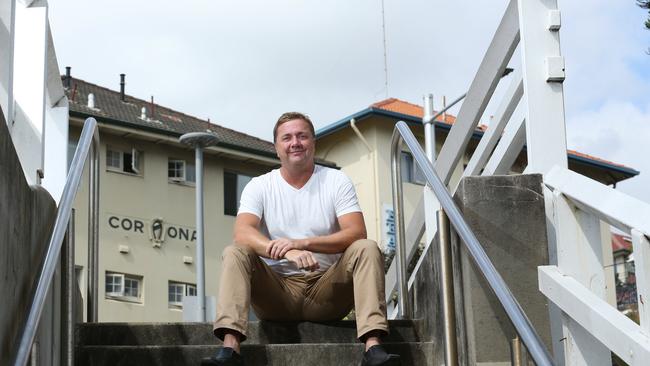
He said parking was negotiated, but with many councils having relaxed requirements, most developments allowed owners to keep one car space while turning over a second space to carshare agreements.
While there were limitations about what an owner could do with airspace, he said Gold Coast planning laws meant most strata-titled blocks had room to grow.
“The sky really is the limit, you can build up as much as you want, or as much as you are allowed, and you can start from a three-storey base or a 10-storey base.
“The point is that strata owners don’t have to risk anything, the developer bears that under the Call Option Contract. That contract also means just one vote to decide on the deal, rather than needing the body corporate to unanimously vote 14 times.
“The owners end up with a better building, including a new lift installed, possibly extra money, lower strata rates, the neighbourhood keeps its character and heritage, the environment doesn’t suffer and housing supply is boosted.”
This blue-sky housing solution sure seems like a breath of fresh air.





